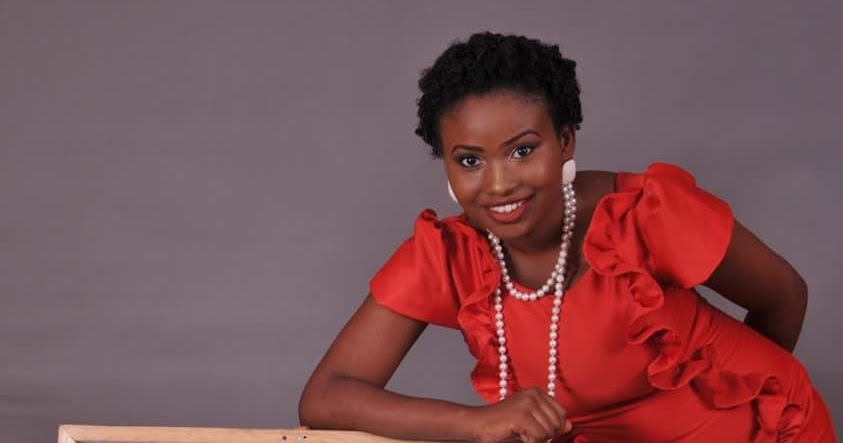I did a small survey amidst a small group of beautiful, amazing and empowered women. I asked them about their basic body measurements. I wanted to know if they knew them offhand. It didn’t come as a surprise when the result of the survey revealed that 85% of them did not know. This was the result I expected as a fashion entrepreneur involved in the production process of the clothes we wear. However, the survey was not really about whether they knew it or not, it was about WHY they didn’t know these basic measurements offhand.
You see, until recently, I only made ready-to-wear dresses for women and oh my, my beautiful clients have really been quite sure about their sizing. They have been pretty sure about the uniqueness of the African woman’s body as well, but have not been pretty vocal about this. So I kept wondering what exactly was wrong because I have been pretty vocal on the latter.
According to the standard UK sizing chart, I make bold to say that I am a size 12 up and a size 10 down. You know my fiancé called me the other day with an unknown number and in his ‘plastic’ mind tried to play pretend. He goes:
“Hello, I will like to get a dress for my fiancée; she is a size 12 up and a size 10 down”
Seriously, make i no lie, I almost fell for it. I had already switched to my business mode, rubbing my palms until I heard “she is a size 12 up and a size 10 down.”
Now I am not even writing to bore you with ‘Bae tales’, I just wanted to emphasize the dynamics of getting the right fit for an African woman.
I did a little research on this and something struck me on Bustle’s site. Here I was, thinking it was all about labels and wanting to belong to a group or category in the sense that everyone just picks a figure that they believe is theirs and say, ‘I am a size 12, a size 8, a size…’, when Bustle attributed this to a certain FEAR of finding out their numbers are higher than what they think is the ‘right’ number for them. I saw this ‘fear’ play out, earlier in the week, in the comment section of a competitor’s instagram page where most of the women were scared that her own sizing guide made them ‘big.’
The sizing guide for my fashion outfit, 3113, is actually different from other brands’. I started by using ASOS’ sizing guide. I laugh as I remember that the kind of loss my business incurred in those early days because of this could be used to set up another business (I’ll save the story for my auto-biography). As I strove to improve our customer experience, I studied several sizing guides and came up with the appropriate guide for my businsess. I did this and avoided many complaints and returns because in the end every woman wants a perfect fit. The problem is that many women do not know their basic measurements offhand and I wonder, if a perfect fit is so super important to us, why can’t we just do what it takes and know three numbers off the top of our heads?
I do know mine, not because I am in the fashion industry, but because a perfect fit is important to me; I feel empowered with this knowledge.
As a woman who wants to slay always, will you challenge yourself today to make sure you know those basic (bust, waist, and hip) measurements? It is okay if your sizing changes per brand; it does not define you. It is okay to be in between. It is not about them, it is about you and your FIT (AKA snatched).
My name is Atinuke Junaid. I am a bust 37, waist 30 (Eba will not let me be great) and hip 38. Size 12 up, size 10 down according to 3113 measurement guide and I own it.
ABOUT THE AUTHOR
Atinuke Junaid is the first of four girls, passionate about giving back to the Society and committed extensively to community development. A graduate of Microbiology from Moshood Abiola Polytechnic, who is the lead Volunteer/founder of Safe and Smart foundation for girls, She is also a fashion entrepreneur and owns own her fashion outfit called 3113.

Comments are closed.